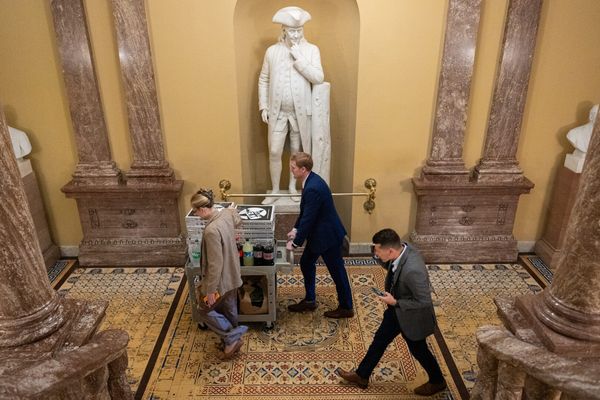The precipitous downturn of the crypto market has brought cryptocurrencies back in the news. People wonder if this is the end of the crypto boom. The answer is ‘no’. Cryptocurrency is not really a currency. It is an asset that allows people to keep their money outside the formal financial system and make it accessible so that it can be used anywhere in the world. In today’s world, such an asset would be in great demand until some other asset innovation allows owners to achieve this objective in a more efficient way.
Price increases and decreases
Crypto assets like Bitcoin have been subject to wide fluctuations in their prices since their inception. The current downturn is not the first of its kind. There have been similar fluctuations in the past. The phenomenal rise in the price of Bitcoin in recent years has dwarfed the fluctuations in its price in the past. The popularity of Bitcoin is obvious from the price differentials with Ethereum and Litecoin. Most of the fluctuations in the price of Bitcoin are brought about by changes in the demand side as the asset’s supply moves very slowly given the enormous cost of mining an additional Bitcoin at this stage.
The rise in the price of crypto assets began at the onset of the pandemic as people with excess funds parked them in crypto assets. This made sense given the lack of investment opportunities on account of the uncertainty arising from lockdowns. As the COVID-19 spread slowed down, people may have wanted to move their funds out of crypto assets and into more lucrative real investment opportunities arising from a recovering economy. This led to the eventual decline in prices. The halt in withdrawal by Celsius especially led to panic among investors as this company is supposed to be one of the biggest crypto lenders.
Notwithstanding the effects of these specific events, we must acknowledge that a crypto asset is only one of the assets in an individual’s portfolio. Therefore, changes in the general availability of profitable business opportunities and movement in the prices of other assets will definitely affect the price of crypto assets. Recently, there have been changes in the price of an important class of assets: government bonds issued by the governments of developed countries. Many central banks across the developed world have been raising their policy interest rates to combat rising inflation. For example, the Federal Funds Rate was hovering around zero for most of the pandemic. The Federal Reserve raised it recently leading to a sustained rise in the Federal Funds Rate as well as the three- month Treasury Bill Secondary Market Rate.
Safe assets
Debt raised by developed country governments, especially the U.S. but also by U.K. and Germany, is an important class of assets because these are deemed as safe assets across the world. In an influential paper published in 2017, Ricardo Caballero and Emmanuel Farhi defined a safe asset as a simple debt instrument that is expected to preserve its value during adverse systemic events. As the central banks of these countries raise their policy interest rates, the rate of return is also expected to go up, motivating large institutional investors to buy more of these. Accordingly, these investors would get out of some current investments and use the newly realised liquidity to buy these safe assets.
Editorial | Bubble in the air: On regulating cryptocurrencies
U.S. government bonds form a large fraction of safe asset portfolios, such as the portfolios of many central banks including that of India. The world over, demand for safe assets has increased as many developing countries have grown fast and accumulated enormous foreign exchange reserves. These countries then demanded USD-denominated assets to preserve the value of their portfolios. Events like the pandemic only increased the demand further for safe assets. Unfortunately, the supply of safe assets has not kept up with this demand as the developed countries that produce these assets have grown at a much slower rate. Given that there is generally a shortage of safe assets, it is likely that the demand and prices of crypto assets will change frequently as institutions look for alternatives with slight movements in the rate of return on safe assets. For example, Celsius reportedly could not raise additional liquidity because of tightening of interest rates leading to suspension of its operations.
Overall, investors must understand the nature of crypto assets and their demand and not ignore the interconnectedness of financial markets at the global level. As crypto assets are digital assets that can be mined and transacted from anywhere in the world, the rate of return of crypto assets is more sensitive to changes in the global liquidity conditions than to local conditions.
Parag Waknis is Dean, International Affairs and Associate Professor of Economics, Dr. B.R. Ambedkar University Delhi







